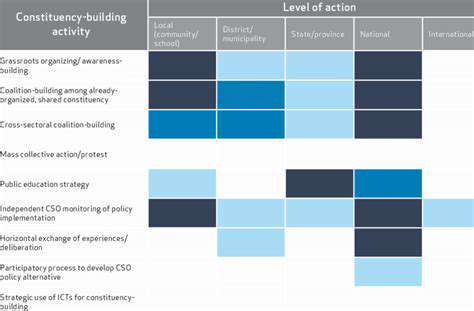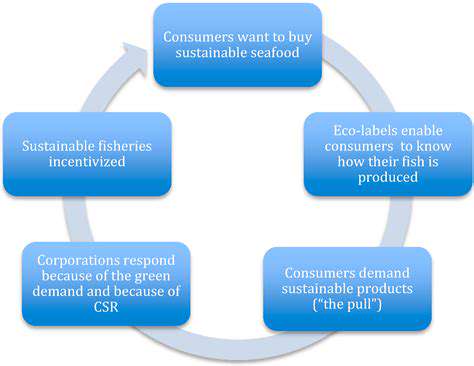From Policy to Practice: Implementing Ethical Standards in Fashion
Understanding the Policy-Practice Disconnect
Well-intentioned policies often stumble in implementation, creating chasms between boardroom ideals and factory floor realities. This gap frequently stems from policymakers drafting solutions in conference rooms far removed from production realities. Without firsthand understanding of resource constraints, cultural contexts, and workforce capacities, even brilliant policies can prove unworkable. The most effective frameworks emerge from sustained dialogue with those expected to implement them.
Implementation challenges multiply when policies treat diverse regions as monoliths. A living wage formula that works in urban Vietnam may devastate rural Ethiopian cooperatives if applied uniformly. Truly effective policies incorporate regional cost-of-living data, local economic conditions, and community-specific needs rather than imposing one-size-fits-all mandates.
Identifying Key Challenges
Resource scarcity tops the list of implementation barriers. Many factories want to comply with ethical standards but lack capital for facility upgrades or worker training programs. Another critical obstacle involves conflicting standards—when multiple certification systems impose different (sometimes contradictory) requirements, compliance becomes impossibly complex. These challenges demand coordinated solutions rather than piecemeal approaches.
Cultural and linguistic barriers frequently undermine policy effectiveness. Training materials developed in New York or London often fail to resonate with workers in Dhaka or Phnom Penh. Effective implementation requires locally relevant education approaches incorporating regional idioms, visual storytelling, and hands-on demonstration rather than dense policy manuals.
Developing Effective Strategies for Bridging the Gap
Successful implementation marries top-down standards with bottom-up problem-solving. Pilot programs allowing factories to test compliance methods before full rollout prevent costly missteps. Digital tools like augmented reality work instructions and blockchain-enabled compliance tracking bring policies to life on factory floors. These technologies make abstract standards tangible and verifiable.
Financial mechanisms prove equally crucial. Low-interest loans for ethical upgrades, shared auditing costs across buyer consortiums, and premium pricing for compliant goods help offset implementation costs. These economic incentives align moral imperatives with business realities, ensuring policies don't inadvertently disadvantage early adopters.
Promoting Collaboration and Engagement
Transformative change emerges from inclusive dialogue, not unilateral decrees. Worker councils providing regular feedback to management and policymakers create vital feedback loops. Multi-stakeholder initiatives bringing together brands, manufacturers, NGOs, and unions foster collective problem-solving. These collaborative structures surface practical obstacles and co-create solutions no single entity could devise alone.
Local leadership development ensures sustainability. Training factory staff as internal compliance specialists creates in-house expertise that persists beyond external audits. Similarly, worker-elected safety representatives build grassroots ownership of ethical standards. These investments in human capital create self-reinforcing cycles of improvement.
Evaluating and Adapting Policies
Static policies inevitably become obsolete. The most effective frameworks incorporate regular review cycles informed by real-world performance data. Digital monitoring tools now provide unprecedented visibility into policy impacts, allowing near-real-time adjustments. This agile approach replaces punitive compliance with continuous improvement.
Honest failure analysis drives progress. When brands transparently share audit findings and corrective actions rather than hiding shortcomings, entire industries learn faster. Open-source compliance tools and shared supplier development programs demonstrate how competitors can collaborate to raise industry-wide standards. This cooperative ethos accelerates ethical transformation.
Today's fitness landscape is being reinvented through intelligent platforms that adapt as dynamically as our bodies do. These systems shatter the monotony of traditional workouts by responding to real-time biometrics and evolving preferences. What makes them revolutionary is their capacity to learn and adjust like personal trainers, crafting regimens that align with our changing physiology and lifestyles. This personalized approach dramatically improves adherence by making fitness feel less like obligation and more like self-discovery.




